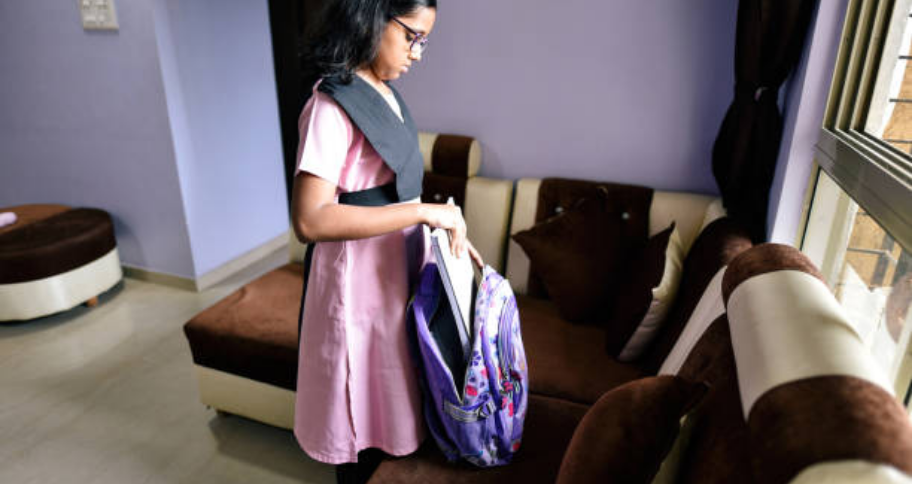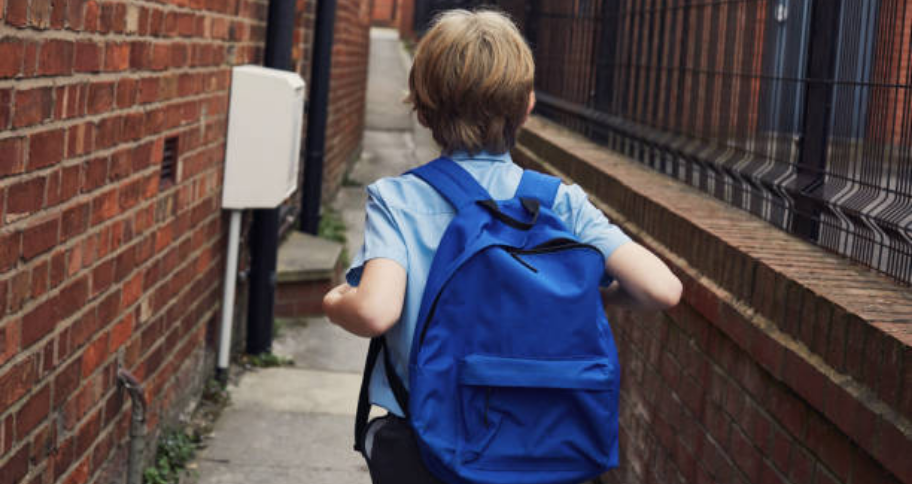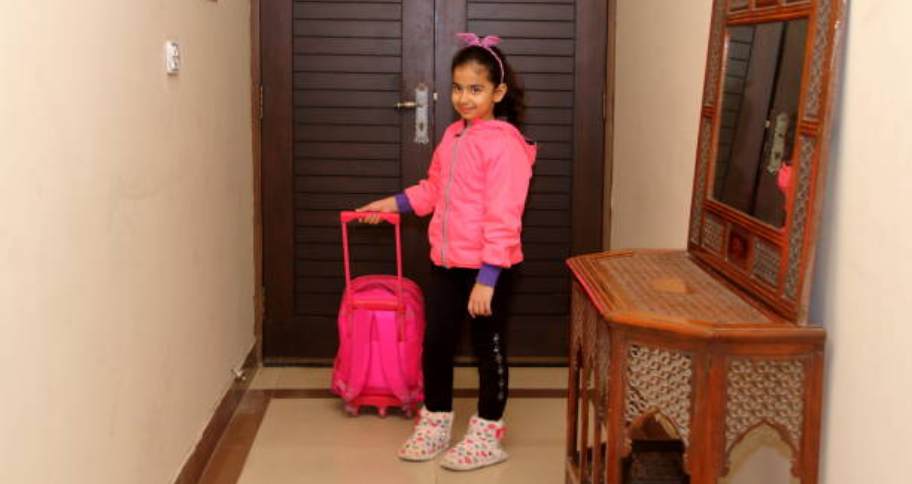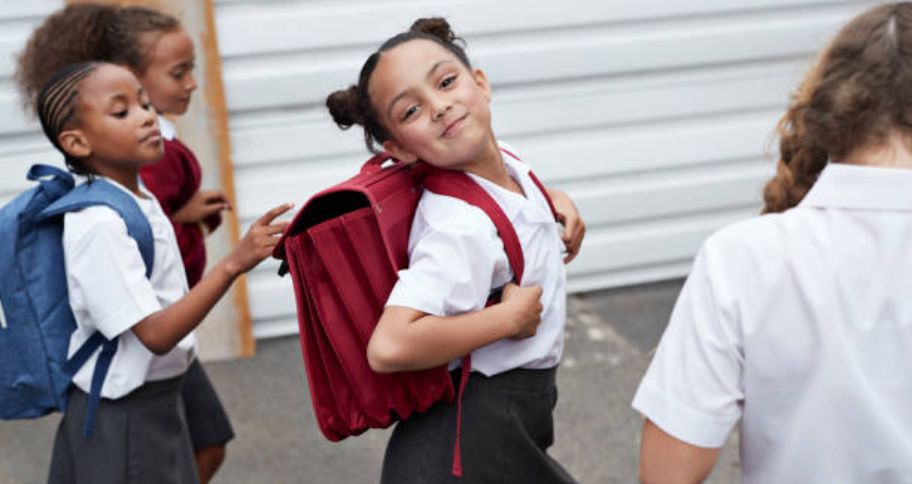In 2017, ‘No Bags Day’ was announced to be implemented in all schools by the Department of Public Instruction (DPI). Experts believe this can help reduce frequent back problems in children.
What is No Bag Day?

The problem of heavy backpacks in schools can’t be overseen as it hampers the overall growth of a child. With the rise in competition, students are forced to carry a bunch of heavy study material, assignments, projects including the their standard needs like lunch boxes and water bottles. As a result, it takes a physical toll on them and the mechanical burden on their spine increases. It ultimately results in weaker bones, joints and thus affects their overall growth.
Why is No Bags Day Necessary?

- There have been many scientific studies conducted on the role of heavy backpacks and childhood back pain.
- One particular study suggests that almost 40% of 11-14 year olds reported 11 – 14-year-olds reported back pain, an alarming figure which is close to what we see in the adult population. More than 80% of these children reported that heavy backpacks are a causative factor.
- It’s also been observed through research that individuals who experience back pain in childhood are more likely to have chronic pain in adult life which is a leading cause of disability.
- Girls are more likely to suffer back pain due to their lower body weight. They are also likely to carry heavier backpacks on average than boys.
- Children from urban areas face many challenges including over-exposure to unhealthy foods, demanding academic curriculum, long commutes to school, and lack of space and facilities for exercise. Carrying heavy backpacks adds to this list of adverse health risks.
- While children enjoy the benefits of this knowledge era, they are also at greater risk of health problems due to its negative consequences.
- Lack of urban spaces for aerobic exercise and sports, reduced exposure to sunlight, poor posture whilst using portable gadgets and a gruelling academic schedule that places emphasis on scholastic performance are driving children towards a sedentary lifestyle.
This results in weight gain, low muscle strength, and poor exercise tolerance. - Children who have experienced lower back pain are more likely to become adults who suffer from chronic back problems. It makes sense that parents, schools and health professionals need to work together to combat this public health problem.
- We are also seeing an increasing number of otherwise healthy children complain of back pain affecting their activities and lifestyle.
How No Bags Day Has Reduced The Burden.

The decision of the UP Government to declare Saturday as ‘No Bag Day’ is a landmark step towards easing the burden of the bag for the students. As a matter of fact, education should be a fun filled and enjoyable activity, especially for the students in the elementary classes.
“The timetable will remain the same, while the day’s activities will be without the use of textbooks.”, said Y. Shivaramaiah, Deputy Director of Public Instruction.
“On Saturday, children will not be bringing their bags. Teachers will be holding quiz, debate and painting competitions for children. The children would be made to read books in the library or do projects in the laboratory. “We will leave it to teachers to have activities that help build creativity and understanding of the subject,”, he added.
The children do not bring their bags, while teachers engage them in different creative learning exercises throughout the day. The day’s schedule remains the same and the topics for the day are taught through interactive exercises, practical experiments, tests/quizzes etc. The children are made to read library books or do some projects in the laboratory, which helps them gain knowledge and apply their learnings.
While reducing the burden of carrying books to school, it also enhances the learning experience as what they learn on this special day through different teaching methods leave a stronger impression on their minds.
What Can Be Done on No Bag Day?

Some international schools initiated No Bag Day changes and has shared wonderful results. Here are some Insights.
- Schools can help by providing lockers and encouraging children to carry essential materials only.
- The backpack should be carried on both shoulders.
- Try to keep the weight of the school bag to less than 10 per cent of the child’s body weight. You may need to discard unwanted items.
- Trolley bags are a suitable alternative.
- Engage your children in moderate intensity sports such as swimming or field sports.
- Enrolment in a sports class outside of school improves the health and social skills of children.
- Discourage poor postures when using portable electronic devices. A desktop with a straight back chair is a much better idea than using a laptop on a bed or sofa.
- Restrict mobile phone use in children.
- Check your child’s weight and BMI regularly. Discuss with your pediatrician if you are concerned.
- Regular school health checks must be introduced to identify children who are at risk of lifestyle diseases so that early corrective action can be instituted.
Related Blogs
Physical Activity and Exercise for Kids: Get to know about benefits of Physical Activities for Kids through ot blog.
Mental Health and Wellbeing for Kids: Learn about Health and Wellbeings for kids through our blog.



Speak Your Mind
Save my name, email and website in this browser for next time I comment